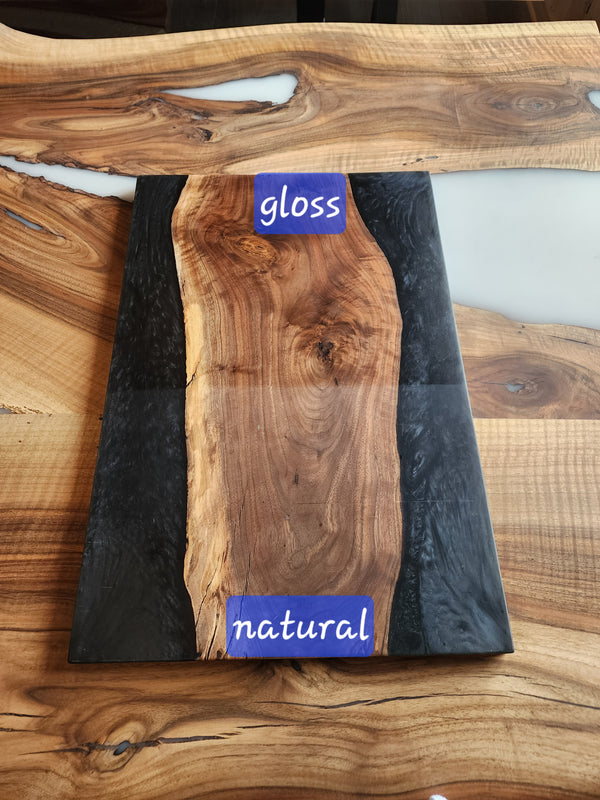Cost-efficient Ceramic Coating Philadelphia Solutions for Lavish Coatings
Cost-efficient Ceramic Coating Philadelphia Solutions for Lavish Coatings
Blog Article
Why Ceramic Coating Is the Ultimate Remedy for a Flawless Complete
Ceramic finishing has actually become a leading option for those looking for a remarkable finish for their cars, many thanks to its exceptional longevity and protective functions. This innovative liquid polymer not just bonds flawlessly with factory paint yet additionally offers a powerful barrier versus common threats such as scrapes, UV rays, and ecological toxins. Its hydrophobic properties streamline upkeep while enhancing visual charm. However, recognizing just how this technology compares to typical techniques and exploring its application subtleties can reveal a lot more concerning its worth. What elements truly established ceramic finishing apart?
What Is Ceramic Finish?

When applied appropriately, ceramic covering produces a hydrophobic surface area that fends off water and dust, making it easier to clean up and preserve. Unlike conventional waxes or sealers, which typically provide short-lived protection, ceramic layers can last for numerous years, depending on the item quality and application method. The process of using ceramic layer needs thorough prep work, including extensive cleansing and sometimes paint adjustment, to make certain optimal bonding and performance.
Ceramic coatings are not restricted to auto surfaces; they can also be made use of on numerous products, including glass, metal, and plastics, offering a versatile service for enhancing protection. On the whole, ceramic coating represents a considerable improvement in surface area security modern technology, incorporating both aesthetic and practical advantages for a variety of applications.
Advantages of Ceramic Layer
While several surface area protection alternatives exist, the advantages of ceramic layer stand out as a result of its one-of-a-kind properties and durable efficiency. One of the primary advantages is its exceptional resilience. Ceramic Coating Philadelphia. Unlike traditional wax or sealers that call for regular reapplication, ceramic coverings provide a resilient layer that can last for numerous years, substantially minimizing maintenance efforts
Another notable advantage is improved defense against environmental impurities. Ceramic layers produce a hydrophobic surface that repels water, dust, and different pollutants, making it much easier to clean. This attribute not only preserves the automobile's look however additionally lessens the threat of rust and oxidation, particularly in extreme weather condition problems.
In addition, ceramic coverings supply remarkable resistance to UV rays, avoiding fading and destruction of paint over time. This UV defense is important for keeping the aesthetic worth of surface areas and cars exposed to direct sunlight.
Furthermore, the shiny finish accomplished with ceramic coating improves the total visual allure, giving surfaces a showroom-quality shine. Generally, ceramic coatings represent a substantial development in surface security modern technology, offering enduring benefits that satisfy both practical and visual needs.
Exactly How It Functions
Recognizing the scientific research behind ceramic coatings discloses how they offer such exceptional defense and long life. At its core, a ceramic finishing is a liquid polymer that chemically bonds with the vehicle's factory paint.
The application procedure entails numerous steps, including surface prep work, which is important to accomplishing ideal bond. Once used, the covering undergoes a curing procedure, throughout which it solidifies and develops a semi-permanent bond with the paint surface area. This bond is what identifies ceramic layers from typical waxes and sealers, offering a longer-lasting protective obstacle that can withstand for years.
Furthermore, the density of the covering can improve its protective qualities, making certain that linked here it can endure harsh problems. Eventually, the scientific research of ceramic layers integrates sophisticated products with cutting-edge application methods to deliver an unparalleled degree of security and visual enhancement for cars.
Contrast With Standard Methods
When compared to standard paint protection techniques such as sealers and waxes,The advantages of ceramic finishes become specifically evident. While waxes supply a short-term sparkle, commonly lasting a few weeks to a number of months, ceramic coatings supply a long-lasting protective layer that can sustain for several years. This longevity considerably lowers the frequency of reapplication, making ceramic finishes an extra economical service gradually.
In addition, conventional approaches often need substantial prep work and multiple applications to achieve an adequate level of defense. On the other hand, ceramic finishes bond at a molecular degree with the lorry's surface, producing a durable guard versus ecological pollutants like UV rays, acid rainfall, and roadway salts. This bond boosts the car's resistance to scrapes and swirl marks, which are widespread with typical waxes and sealants.
In addition, the hydrophobic residential properties of ceramic coatings drive away water and dirt, causing less complicated cleaning and maintenance. In contrast, wax and sealant-treated surfaces can attract crud, necessitating more constant cleaning - Ceramic Coating Philadelphia. On the whole, ceramic coatings not only supply exceptional security but also supply an extra long-lasting and aesthetically appealing coating, establishing them as the favored option for discerning vehicle proprietors
Application and Maintenance Tips

Making use of a foam applicator, apply the layer in little sections, adhering to the producer's standards concerning density and overlap. Enable sufficient treating time in between coats, usually 24-hour, to guarantee proper bonding. After application, it is critical to prevent exposure to water or severe aspects for at least a week to permit the finish to completely treat.
Furthermore, utilizing a ceramic upkeep spray can improve the layer's hydrophobic residential or commercial properties and durability. Routine evaluations for anchor any type of indications of wear will assist maintain the covering's honesty and maintain that immaculate coating.
Final Thought
In conclusion, ceramic layer arises as an exceptional Recommended Site alternative for accomplishing a perfect automotive coating. By forming a robust bond with manufacturing facility paint, ceramic coating properly shields against scratches, UV rays, and ecological contaminants.

Report this page